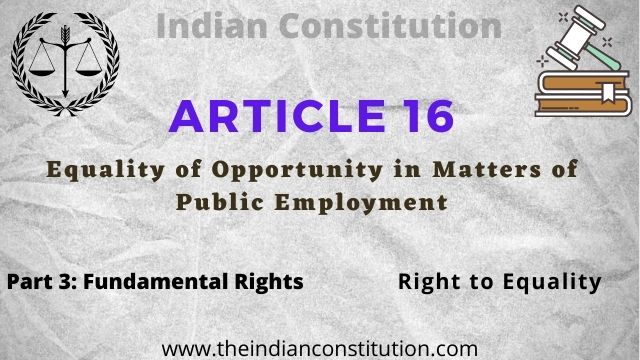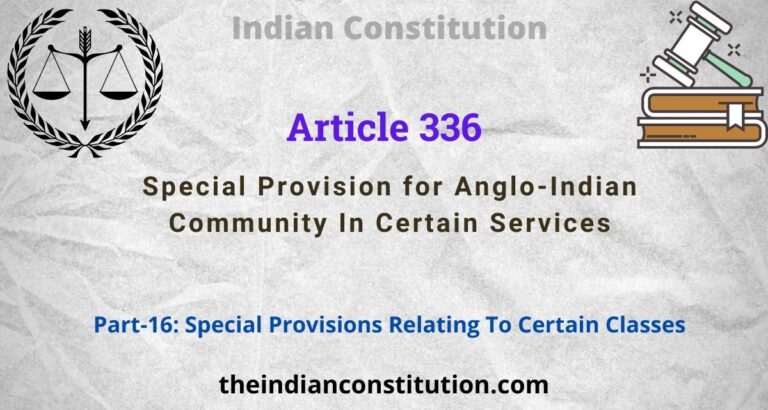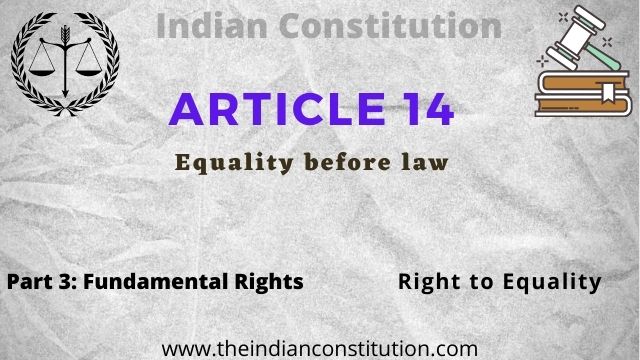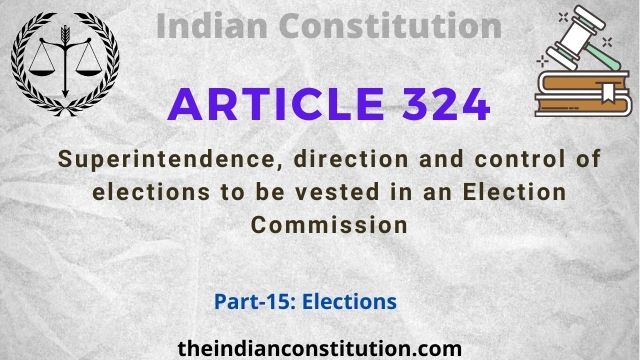Article 24 Prohibition of Child Labour In The Indian Constitution
The Right against exploitation given as a Fundamental Right in Article 23 and Article 24 of the Constitution.
Article 24: Prohibition of employment of children in factories, etc.
No child below the age of fourteen years shall be employed to work in any factory or mine or engaged in any other hazardous employment.
-Text in Constitution
Explanation of Article 24
Article 24 prohibits the employment of children below the age of 14 years in any factory, mine, or other hazardous activities like heavy industry, construction work, or railway.
But it does not prohibit their employment in any harmless or innocent work.
Child Labour Related Acts
- The Employment of Children Act, 1938
- The Factories Act, 1948
- The Plantation Labour Act, 1951
- The Motor Transport Workers Act, 1951
- The Mines Act, 1952
- The Merchant Shipping Act, 1958
- Apprentices Act, 1961
- The Bidi and Cigar Workers Act, 1966
- The Child Labour (Prohibition and Regulation) Act, 1986
In 1996, the Supreme Court directed the establishment of the Child Labour Rehabilitation Welfare Fund in which the offending employer should deposit a fine of 720,000 for each child employed by him.
It also issued directions for the improvement of education, health, and nutrition of children.
The Commissions for Protection of Child Rights Act, 2005 was enacted to provide for the establishment of a National Commission and State Commissions for Protection of Child Rights and Children’s Courts for providing speedy trial of offenses against children or of violation of child rights.
In 2006, the government banned the employment of children as domestic servants or workers in business establishments like hotels, dhabas, restaurants, shops, factories, resorts, spas, tea-shops, and so on.
It warned that anyone employing children below 14 years of age would be liable for prosecution and penal action.
Child Labour (Prohibition and Regulation) Act, 2016
The Child Labour (Prohibition and Regulation) Amendment Act, 2016, amended the Child Labour (Prohibition and Regulation) Act, 1986.
It has renamed the Principal Act as the Child and Adolescent Labour (Prohibition and Regulation) Act, 1986.
The Amendment Act prohibits the employment of children below 14 years in all occupations and processes. Earlier, this prohibition was applicable to 18 occupations and 65 processes.
Further, the Amendment Act prohibits the employment of adolescents (14 to 18 years of age) in certain hazardous occupations and processes.
The Amendment Act also introduces more stringent punishment for the offenders.
| Imprisonment | 6 Months to 2 Years |
| Fine | 20,000 to 750,000 |
In the case of repeated offenses, imprisonment is from 1 year to 3 years.
This amendment allows the child labour in “the family or family enterprises” or allows the child to be “an artist in the audio-visual entertainment industry”.
Working hours not mentioned, Only the mention that children may work after school hours or during vacations.
This provision is not beneficial for families trapped in intergenerational debt bondage, even it is a known fact now that kids in reality TV shows suffer from depression and anxiety and pressure to perform better.
ILO Convention on Child labour
In 2017, India took a step forward towards a commitment to child labour free India by ratifying the two Core Conventions of the International Labour Organization (ILO)
These Conventions have been ratified by India
The eight Core Conventions of the ILO also called fundamental/human rights conventions are:
- No.29:- Forced Labour Convention
- No.100:- Equal Remuneration Convention
- No.105:- Abolition of Forced Labour Convention
- No.111:- Discrimination Employment Occupation Convention
- No.138:- Minimum Age Convention (Ratify in 2017)
- No.182:- Worst forms of Child Labour Convention (Ratify in 2017)
These Conventions have not been ratified by India
- No.87:- Freedom of Association and Protection of Right to Organised Convention
- No.98:- Right to Organise and Collective Bargaining Convention




